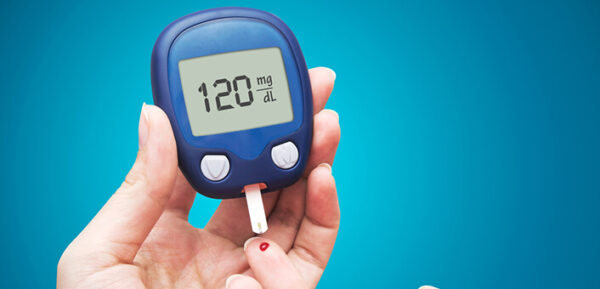Diabetes is unfortunately quite prevalent in western society, and research predicts that it is slated to rise. A whopping 9.4% of the country is diabetic, with an additional 28% that is prediabetic. This indicates poor health habits of a massive swath of the population. Transcending the condition is possible, however, although it takes diligence and persistence.
Diabetes may seem akin to a death sentence, but taking corrective action and managing the condition wisely can make the difference between a dismal and sickly existence to a rich and fulfilling one. Once healthy habits are established and unhealthy ones are phased out of your routine, you might be surprised at how quickly your symptoms improve.
Medication For Controlling Blood Sugar
As you improve your lifestyle to combat the symptoms of diabetes, it is strongly recommended that you buffer the risk of catastrophe by taking medication. This helps you better manage glucose levels so rapid spikes or drops don’t wreak havoc on the body and metabolism.
What is Prediabetes?
Prediabetes merely denotes a condition in which blood sugar levels are high and in need of remediation. The diagnostic criteria include impaired fasting glucose, impaired glucose tolerance, and metabolic syndrome. Treatment for this condition involves controlling cardiovascular risk factors and glycemic control, the latter of which involves closely monitoring your diet.
Part of the problem for many people is not knowing what food is allowed and what food is not. This all comes down to the glycemic index of the food you are eating. The lower the glycemic index, the lower the glucose response and vice versa.
The mistake most people make to become prediabetic and eventually diabetic is by consuming too many foods and beverages that have a high glycemic index. Over time, constantly slamming the system with sugar erodes its ability to properly regulate blood sugar levels on its own.
Avoid Fast Food
While the exact cause obviously differs on an individual basis, evidence points to a positive correlation with fast food. This is because this food is manufactured to be hyperpalatable, and manipulates the body’s inherent craving for salt, sugar, and fat. While these three things are important in normal quantities, fast food presents them in food that the body cannot handle effectively.
When humans evolved in equatorial Africa, things like sugar and salt were scarce, and thus our bodies are wired to seek them and indulge whenever possible. While this neural wiring greatly benefitted our genetic ancestors, the same instincts set us up for overindulgence in modernity, where these substances are available in great supply.
Eat Food That Doesn’t Have A Label
Whenever in doubt about what you are considering for a meal, think about whether it was made by man or nature. As it turns out, millions of years of coevolution with plant foods has rendered them quite compatible with our bodies. It makes sense that fruits, vegetables, and unprocessed meat would be metabolically preferable to processed foods when you consider the respective difference in how long humans as a species have been eating them.
Although any vegetable is probably safe, the healthiest among them tend to have a lower starch content. A white potato has a higher starch content; although better than an order of fries, a baked potato may still be counterintuitive to your goals to a degree.
Generally speaking, when food has a label, it is a sign that it has been manufactured by people and is likely highly processed, with engineered flavor taking precedence over your health. There are some exceptions, however, such as certain dairy products which some people are still able to tolerate well.
Eat Yogurt
Other foods may include yogurt, which has a low glycemic index and appears to be associated with reduced type 2 diabetes risk. However, consuming yogurt with lots of refined sugar per serving is not recommended, as this is far less healthy than more natural formulations. That being said, yogurt can still be a delicious way to improve the overall glycemic profile of your diet.
Lose Belly Fat
Losing fat around the midsection will help to lower glucose levels. This does not mean that you necessarily need to lose a ton of weight, either. Shedding as little as 10 to 15 pounds will be enough to see an improvement in insulin response. The CDC suggests that losing five to seven percent of body weight will decrease risk of diabetes.
Losing belly fat can seem like a Sisyphean task, but a persistent workout routine and dietary mindfulness will eventually reward you with a slimmer waist. If you eat in the evening, try to keep a minimum of two hours between the end of your meal and when you go to bed. This will prevent the energy you consumed from being stored as fat.

